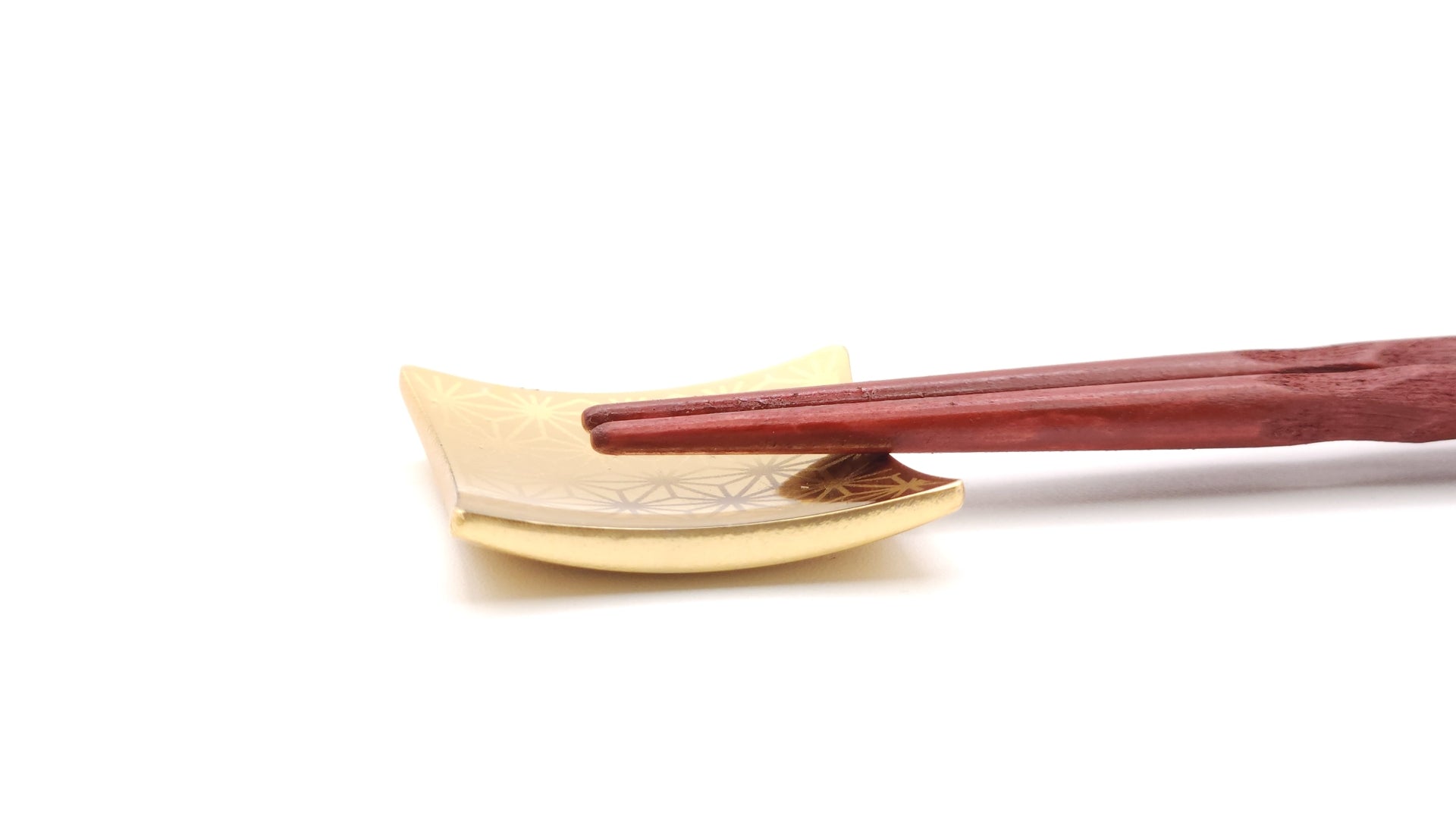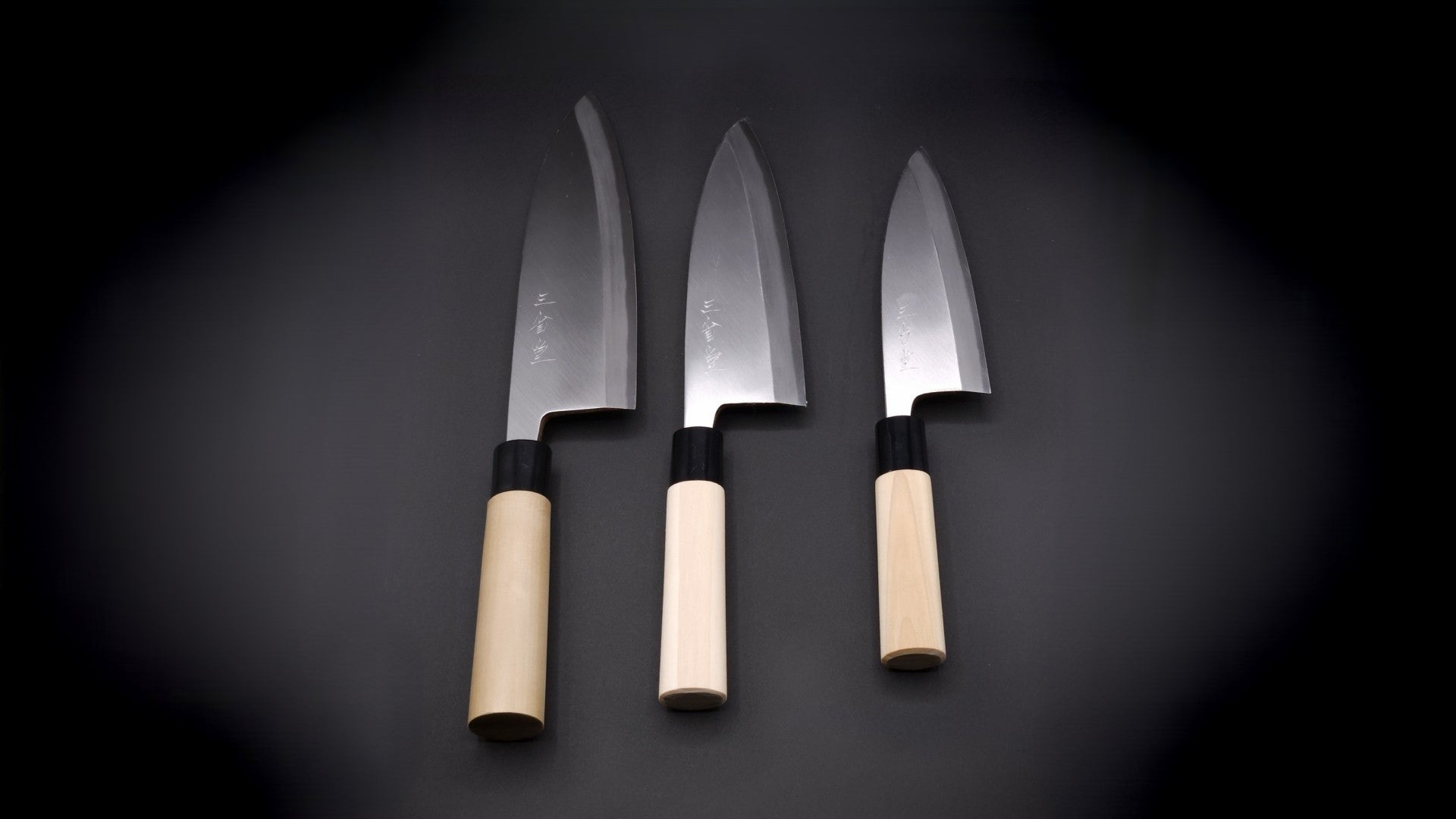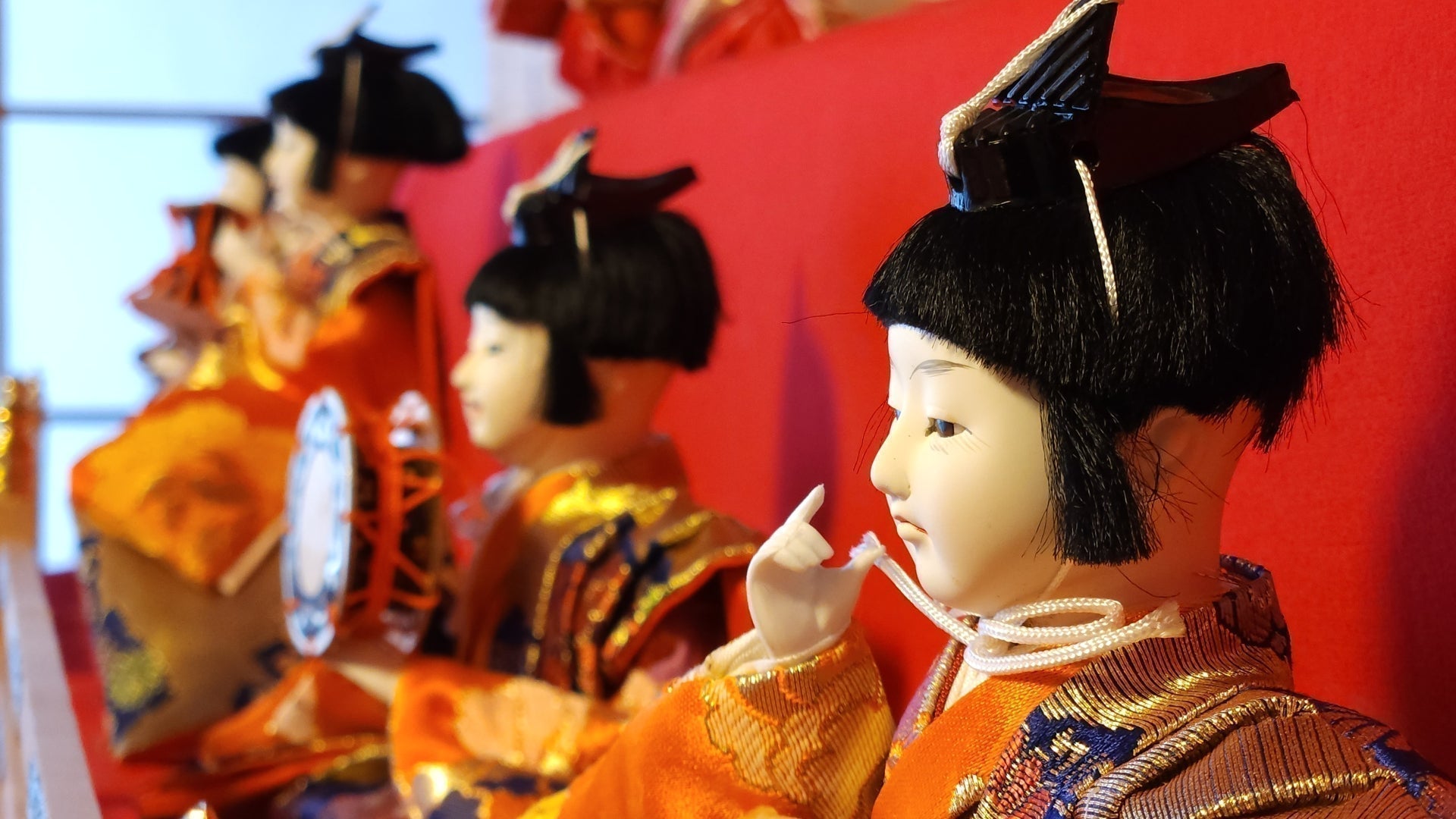
Hashioki: The Cultural Meaning Behind Japanese Chopstick Rests
Hashioki (箸置き), or Japanese chopstick rests, may appear small, yet they carry centuries of cultural meaning. More than a practical dining item, each piece reflects Japan’s deep appreciation for harmony, cleanliness, and aesthetic detail.
This guide explores their origins, evolution, and place in both traditional and modern Japanese dining.
When you sit down for a Japanese meal, every detail on the table tells a story.
From the arrangement of dishes to the choice of tableware, nothing is accidental—each element reflects centuries of tradition, aesthetics, and etiquette.
The Origins of Hashioki – From China to Japan
Japanese chopstick rests have long been an essential part of East Asian dining etiquette. But did they originate in China or Japan? Both cultures have used chopstick rests, but their evolution and significance differ between the two nations.
Since chopsticks (hashi 箸) were introduced to Japan from China during the Asuka period (飛鳥時代, 592–710), it’s natural to wonder whether hashioki followed the same path. Let’s take a closer look at their history.
Origins in China: The First Chopstick Rests (kuàijià 筷架)
Chopsticks trace their origins to ancient China over 3,000 years ago, during the Shang Dynasty (商朝, Shāng Cháo, 1600–1046 BCE).
Early forms of chopstick rests (kuàijià 筷架) were mainly used in imperial dining settings and formal banquets. Crafted from jade, ceramic, or metal, they served both practical and decorative purposes, ensuring cleanliness and preventing chopsticks from rolling off the table.
Development in Japan: A Deeper Cultural Integration
While Japan adopted chopsticks from China, it was the Japanese who refined and expanded the role of hashioki in daily dining.
Unlike in China, where chopstick rests remained primarily for formal occasions, Japan embraced hashioki as an essential part of traditional Japanese tableware, particularly in Kaiseki (懐石), the multi-course dining experience.
Japanese dining culture, deeply rooted in Kisetsukan (季節感, seasonal aesthetics), Omotenashi (おもてなし, hospitality), and Shokuji Sahō (食事作法, meticulous dining etiquette), emphasized both beauty and functionality.
This led to the widespread adoption of hashioki across all levels of society, turning them into a key aspect of Japanese table setting rather than a rare formality.
Key Differences Between China and Japan
-
China: Kuàijià (筷架) were historically reserved for formal settings and elite banquets. Their use in everyday dining remains limited, though they can still be found in high-end restaurants.
- Japan: Hashioki (箸置き) became a common feature across all households, reflecting Japan’s appreciation for Saibu (細部, attention to detail) in Japanese dining etiquette.
While China introduced the idea of chopstick rests, Japan refined and popularized their use, making hashioki a staple of Japanese dining traditions.
From Sacred Rituals to Everyday Use in Japan
Originally, the use of hashioki in Japan was closely tied to religious customs.
At shrines such as Ise Grand Shrine (伊勢神宮), utensils known as Mimigawarake (耳土器) were used to prevent chopsticks from contaminating sacred offerings. This early form of hashioki was crucial in maintaining ritual purity—a concept that later extended to everyday dining practices.
Heian and Aristocratic Elegance
During the Heian period (平安時代, 794–1185), aristocrats used decorative chopstick rests such as the Batōban (馬頭盤, horse-head-shaped rests) to uphold dining etiquette. The placement of chopsticks was an indicator of refinement, with noble households commissioning finely crafted hashioki as status symbols.
Meiji Modernization and Everyday Dining
With the modernization of Japan in the Meiji era (明治時代, 1868–1912), hashioki became common among the general public.
The shift towards communal dining increased awareness of hygiene, leading to the widespread use of hashioki to prevent chopsticks from touching shared surfaces.
Kanazawa-crafted metal hashioki, adorned with gold and black plating, feature intricate traditional Japanese motifs.
Hashioki Today – Tradition Meets Modern Dining
From handmade ceramics to minimalist glass pieces, modern hashioki blend tradition with contemporary design, bringing beauty and hygiene to dining worldwide.
Once a staple of aristocratic dining and religious rituals, hashioki have evolved into an everyday dining accessory in Japan and beyond. They are no longer limited to traditional settings but are now appreciated for their practicality, artistry, and adaptability to modern lifestyles.
Functionality and Hygiene in Japanese Dining
In Japanese dining etiquette, maintaining cleanliness is essential. A hashioki ensures that chopsticks do not touch the table, preventing contamination.
This practice remains highly valued in high-end restaurants, where hygiene is a top priority. Many people also use hashioki at home, especially with the rising awareness of clean and intentional dining habits.
Modern Designs and Materials
Traditionally crafted from ceramic, wood, or metal, hashioki now come in a variety of materials and styles.
Modern artisans experiment with glass, resin, and even eco-friendly bamboo to create designs that suit both contemporary and minimalist table settings.
Whether elegantly hand-painted, minimalist in design, or shaped like seasonal motifs, hashioki continue to reflect Japan’s love for detail and aesthetics.
Hashioki in Fusion and Global Cuisine
As global cuisine evolves, hashioki have found their place beyond traditional Japanese table settings.
Upscale fine dining establishments, modern fusion dining, and Japanese-inspired restaurants worldwide are integrating hashioki into their presentation, using them as rests for small forks, spoons, and even tasting chopsticks.
Some chefs creatively use hashioki in plating to add an artistic element to the meal.
Restaurants featuring fusion cuisine have also started incorporating hashioki for decorative purposes, using them in multi-course meals to elevate table aesthetics. This modern adaptation makes them a versatile accessory in both Eastern and Western-style dining.
Why Add Hashioki to Your Table?
Beyond their cultural heritage, hashioki are an elegant and practical addition to any Japanese table setting. They create an elevated dining experience, promote hygiene, and serve as a statement of refined taste.
Whether you enjoy traditional Japanese tableware, modern fusion dining, or simply appreciate well-crafted tableware, hashioki bring both function and beauty to your meals.
Explore our Hashioki collection and find the perfect hashioki to enhance your dining experience.
Frequently Asked Questions About Hashioki
From their historical roots to modern design, these FAQs answer the most common questions about hashioki and their role in Japanese dining culture.
What is a Hashioki?
A hashioki is a small chopstick rest used to keep chopsticks clean and off the table between bites. It reflects the Japanese values of mindfulness, hygiene, and aesthetic harmony during meals.
Why do Japanese people use chopstick rests?
Chopstick rests are part of Japanese dining etiquette. They prevent chopsticks from touching the table, maintain cleanliness, and show respect for the meal and the host.
When did Hashioki become part of Japanese dining?
Hashioki became common during Japan’s Heian period among aristocrats and later spread to all households in the Meiji era. Today, they are used both in homes and restaurants across Japan.
Are Hashioki still used in modern Japan?
Yes. In Japan, hashioki are still used daily in homes, restaurants, and tea houses. They combine function and beauty, adapting traditional craftsmanship to modern tableware design.
What materials are used to make Hashioki?
Traditional hashioki are made from ceramic, wood, or metal. Modern artisans also use glass, resin, or bamboo, offering both minimalist and decorative options to suit any dining style.
How do I use a Hashioki correctly?
Place the hashioki in front of your plate, horizontally. When you’re not using your chopsticks, rest their tips gently on the hashioki. Never stick chopsticks vertically into food, as it resembles funeral rituals.
Can Hashioki be used in Western-style dining?
Absolutely. Many fine dining and fusion restaurants now use hashioki for forks, spoons, or tasting utensils. Their clean design and elegance enhance any modern table setting.
What makes a Hashioki a good gift?
A hashioki set makes a thoughtful and symbolic gift. It represents good taste, mindfulness, and respect for Japanese culture, making it ideal for housewarmings, weddings, or dinner invitations.




